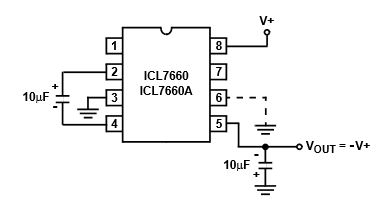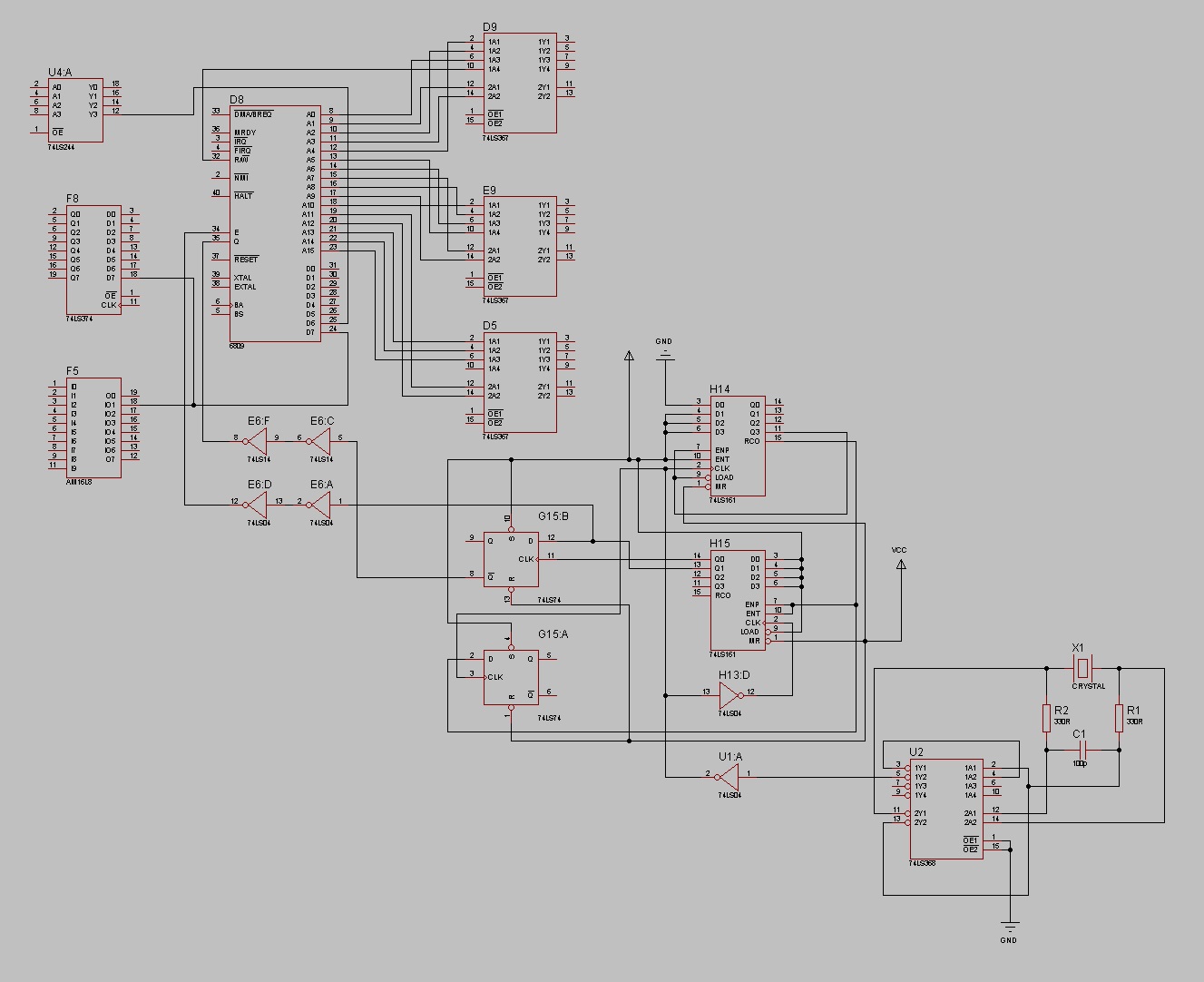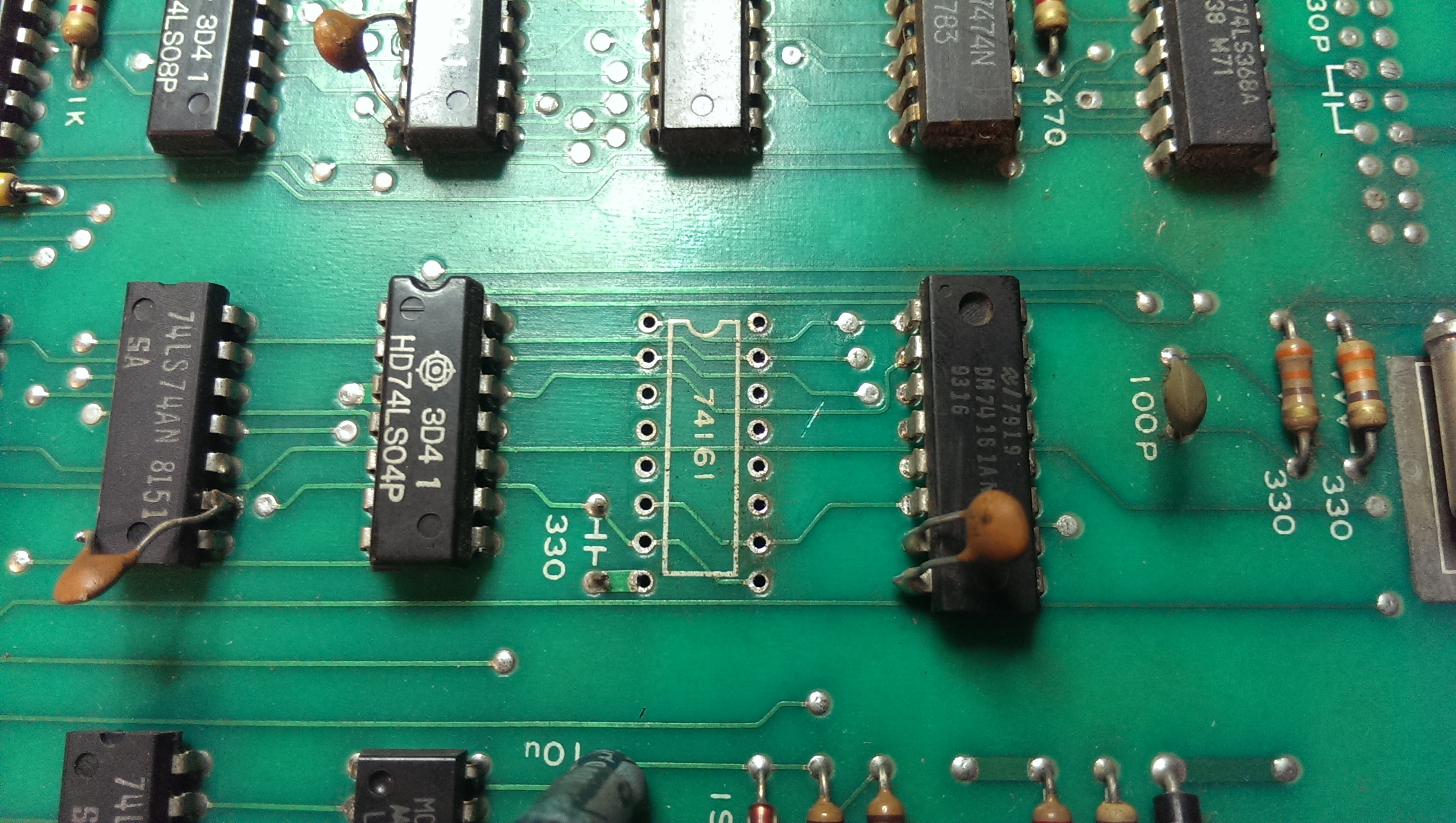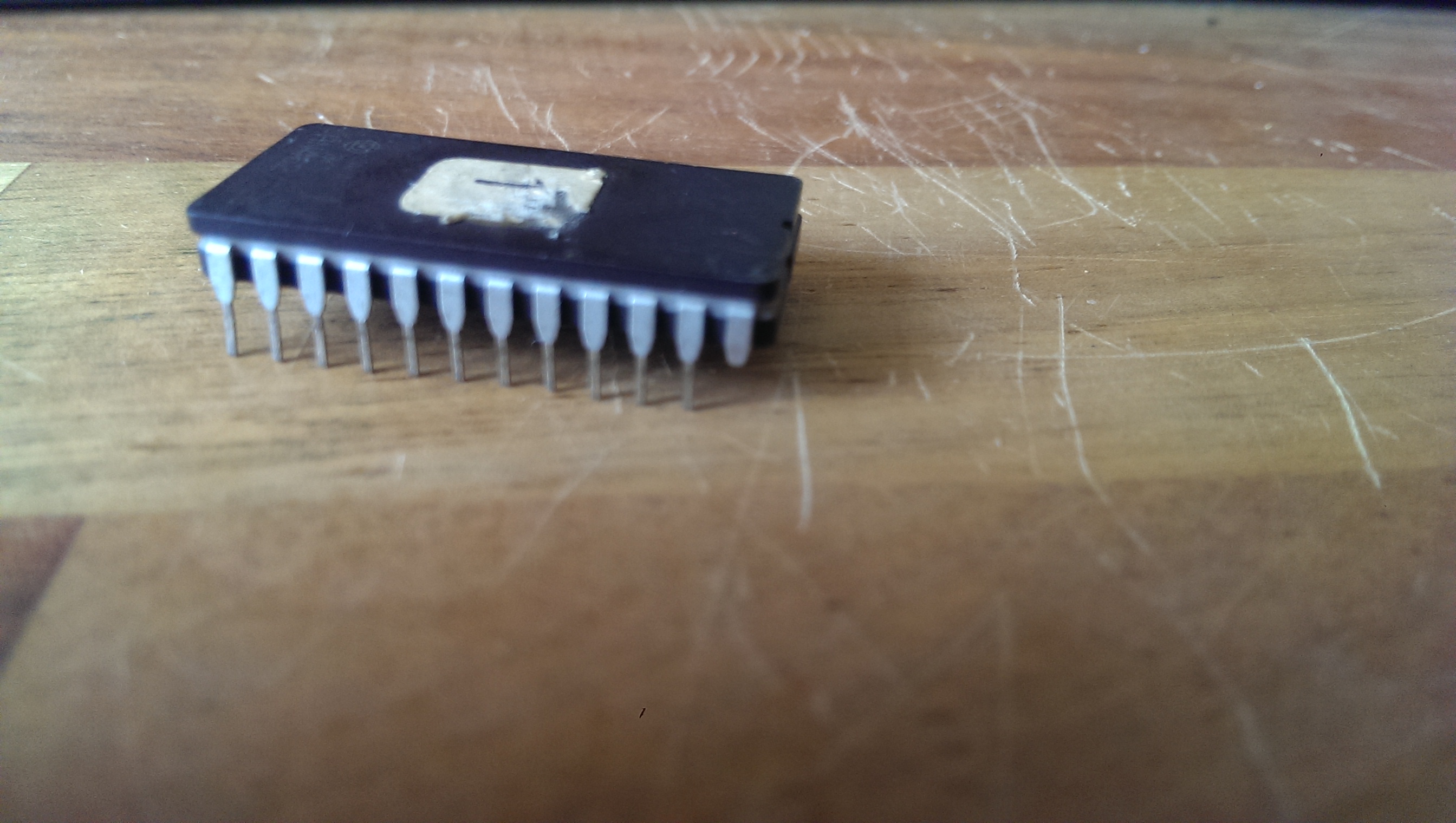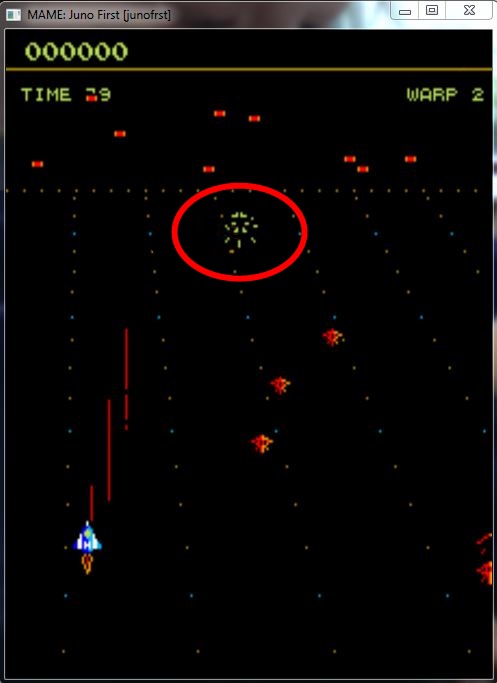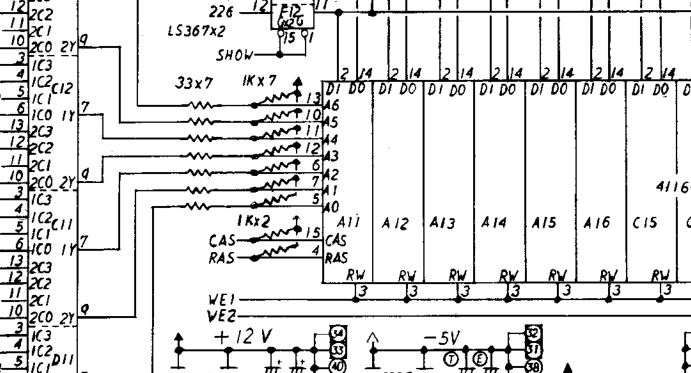Its becoming more and more common for power supplies to not supply -5v.
There are devices out there like the “Negatron” that offer a nice and easy way to obtain an adjustable -5v but there is a much cheaper way of getting it providing you can do a little bit of soldering.
Intersil offer a 7660 voltage converter IC. Its an 8 pin DIP device that can be bought for under £1 from Farnell and other places.
Farnell – ICL7660
I bought a couple of these on a recent order to test and the results, as expected, are great.
This is it setup on breadboard.
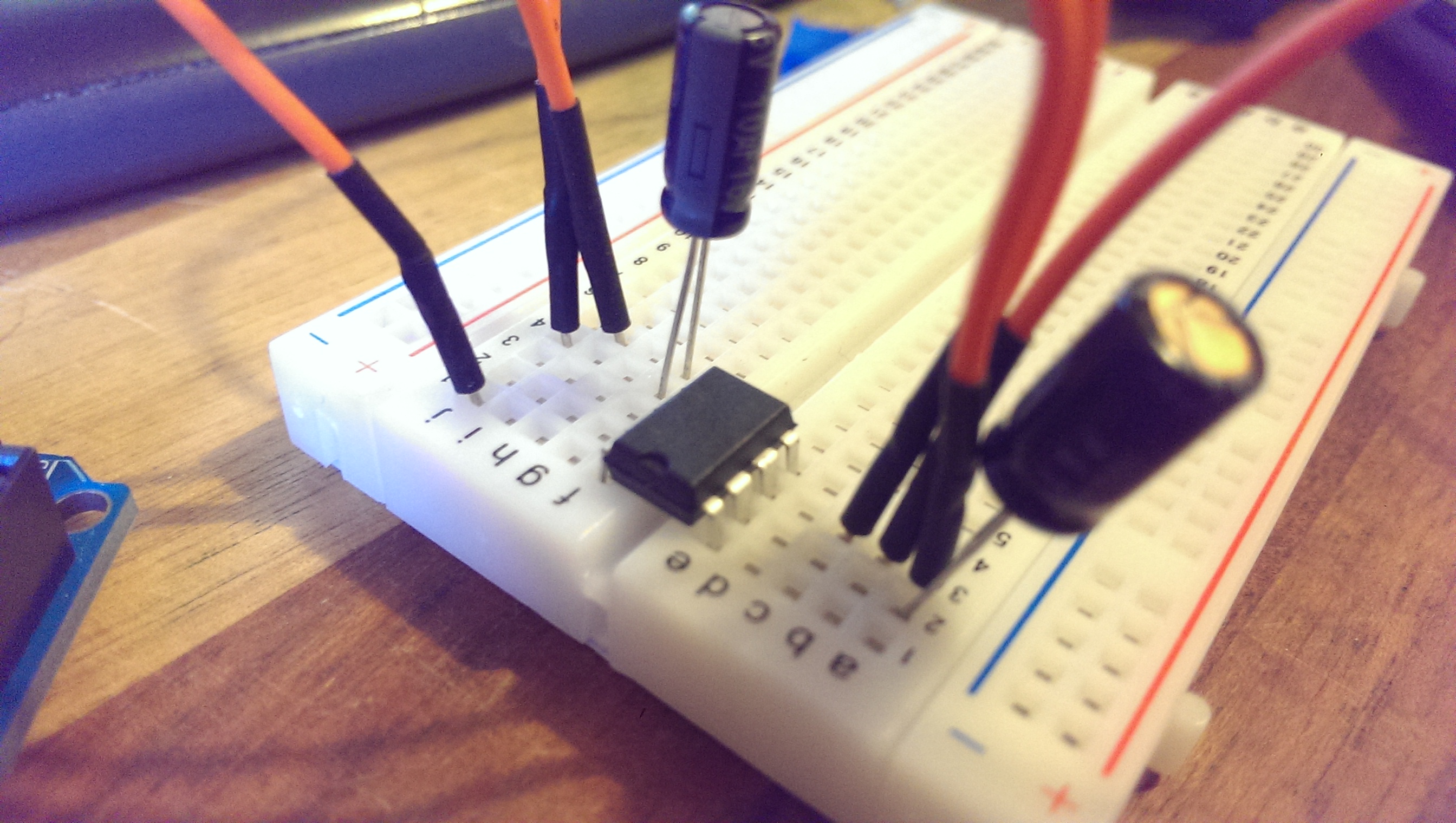
All that’s required is a +5v input, the ICL7660 IC and 2 x 10uF capacitors to get a -5v output. Add a variable resistor into the mix and you have a fully adjustable device for very cheap.
Here is the diagram lifted straight from the datasheet to show how simple this is.
